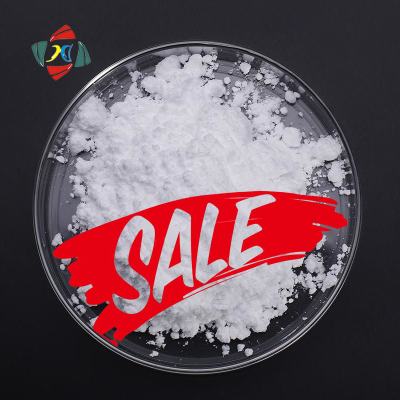-
Categories
-
Pharmaceutical Intermediates
-
Active Pharmaceutical Ingredients
-
Food Additives
- Industrial Coatings
- Agrochemicals
- Dyes and Pigments
- Surfactant
- Flavors and Fragrances
- Chemical Reagents
- Catalyst and Auxiliary
- Natural Products
- Inorganic Chemistry
-
Organic Chemistry
-
Biochemical Engineering
- Analytical Chemistry
- Cosmetic Ingredient
-
Pharmaceutical Intermediates
Promotion
ECHEMI Mall
Wholesale
Weekly Price
Exhibition
News
-
Trade Service
Fenethylline hydrochloride is an organic compound that finds extensive use in various applications in the chemical industry.
It is an important raw material in the production of several finished products such as plastics, photographic paper, and pharmaceuticals.
One of the most important applications of fenethylline hydrochloride is in the production of plastics.
It is used as a catalyst in the production of polyethylene terephthalate (PET), which is widely used in the manufacture of plastic bottles and containers.
Fenethylline hydrochloride helps to catalyze the polymerization reaction of ethylene glycol and terephthalic acid, resulting in the formation of PET.
Another important application of fenethylline hydrochloride is in the production of photographic paper.
It is used as a developer in the photographic processing of paper.
When exposed to light, the silver halide crystals in the paper undergo a chemical reaction, leading to the formation of silver metal.
Fenethylline hydrochloride helps to catalyze this reaction, making it more efficient and faster.
Fenethylline hydrochloride is also used in the production of pharmaceuticals.
It is a key ingredient in the production of certain medications used to treat cardiovascular diseases.
It is used to manufacture drugs that work by relaxing the smooth muscle in the walls of blood vessels, which helps to lower blood pressure and improve blood flow.
In addition to these applications, fenethylline hydrochloride is also used in the production of various other chemicals and compounds.
It is used as a catalyst in the production of polycarbonates, which are used in the manufacture of plastic products such as eye glasses and medical devices.
It is also used in the production of polyurethanes, which are used in the manufacture of foam products such as coatings, adhesives, and furniture.
In the agricultural industry, fenethylline hydrochloride is used as an insecticide.
It is effective in controlling pests and diseases that affect crops, and is used to protect crops from damage.
Fenethylline hydrochloride is also used in the dyeing and finishing of textiles.
It is used as a catalyst in the production of disperse dyes, which are used to dye cotton and other textiles.
Disperse dyes are highly color-fast and have good fastness properties, making them ideal for use in the textile industry.
In the metal finishing industry, fenethylline hydrochloride is used as a catalyst in the electroplating of metal.
It helps to speed up the electrochemical reaction, resulting in a more uniform layer of metal on the substrate.
In the water treatment industry, fenethylline hydrochloride is used to remove color and organic matter from water.
It is effective in removing pigments, humic and fulvic acids, which are commonly found in surface water and groundwater.
In addition to these applications, fenethylline hydrochloride is also used in the production of various other chemicals and compounds.
Its versatility and effectiveness as a catalyst make it a valuable raw material in the chemical industry.
One of the most important advantages of fenethylline hydrochloride is its low toxicity.
It is considered to be a relatively safe chemical to handle and use, which makes it an ideal choice for use in various applications.
In conclusion, fenethylline hydrochloride is an important raw material in the chemical industry.
Its versatility, effectiveness as a catalyst, and low toxicity make it a valuable material in various applications, including the production of plastics, photographic paper, pharmaceuticals, and various other chemicals and compounds.
Its importance in the industry is expected to continue to grow in the coming years, making it an important raw material for the chemical industry.







